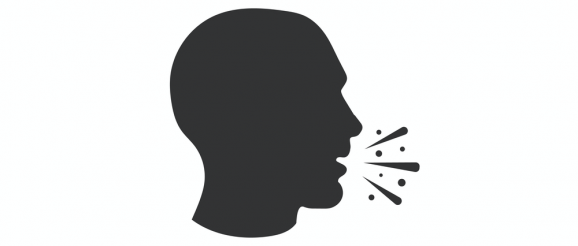Q&A: The role of symptom tracking technologies – Med-Tech Innovation

First, tell us about Hyfe and the work that you do?
Hyfe’s ambition is transforming how the world addresses cough, which is among the most common symptoms across many indications. And we are optimistic that we can achieve this goal given how poorly cough is currently managed.
As a physician-scientist who has devoted my career to TB and a chronic cougher, I have been on both sides of the bed and know just how frustrating the status quo is for both of us. Despite its significance, healthcare providers have no way to measure cough. They can only ask their patients and have to rely on their recollection and description of their own cough.
Symptom tracking is becoming increasingly popular. Has the pandemic catalysed a change in strategy to a more proactive rather than reactive approach to healthcare?
Absolutely, the pandemic accelerated the transition of health care to become more proactive and patient centric. This was happening anyway, but as you imply, the fact that the world is dealing with a respiratory pandemic is accelerating this transformation. The need for social distancing has normalised remote healthcare, along with remote everything else. Additionally, respiratory symptoms are now front of mind. It has also increased attention on cough and further stigmatised chronic coughers – (try coughing in a busy checkout line these days).
Fortunately, this is happening at the dawn of what I anticipate will be a golden era for improved care of the cough, ushered in by technology such as ours and improved therapies. These factors will create a virtuous cycle in which the ability of patients to quantify the magnitude of their cough will empower them to better manage their own coughs and will drive the development of new antitussives. Concurrently, quantitative endpoints in clinical trials will accelerate the development of better treatment and the uptick in sales of effective therapy will stimulate more patients to seek treatment and justify further pharmaceutical investment in cough.
Tell us about how you track coughs? Is it a case of measuring the sound and telling the difference, or is it something more sophisticated?
Hyfe is the global market leader in cough frequency detection and the only software-based cough frequency tracker on the market. Hyfe uses artificial intelligence to detect coughs as they happen and track them longitudinally (over time) in a way that preserves a while respecting users’ privacy.
Our AI model has three frontends, each designed for specific users. These include a consumer app that has been downloaded more than 70,000 times, a remote patient monitoring system for which we are seeking FDA approval and a research platform that is used currently in dozens or research settings.
In terms of how it works, our AI model runs on the device, where it detects sounds that have a structure specific to coughs. These “peak sounds” get chopped into > 0.5-sec sounds which then get funnelled through our powerful models that then output “cough” or “not cough”. Users can then see every positive cough on their timeline, and they can even listen to each of them or even replay it to their doctors.
What other symptoms can this kind of technology be used for?
We are currently focused on cough because we think the ability to passive monitor cough will greatly improve the health of millions. In the United States alone, before COVID, there were more than 25 million outpatient consultations for cough, costing a staggering $23.5 billion US dollars. Over half of these visits were from the 6% who have a refractory chronic cough – most of whom get little relief despite multiple doctor visits and numerous therapeutic interventions.
That said, the medical soundscape is a vast, uncharted territory. We are pioneers of Acoustic Epidemiology – an emerging field that deals with disease signals contained in sounds. Our cough work is teaching us lessons that are directly applicable to other sounds such as voice, sneezing, lung sounds, and so on.
Tell us about what further developments you may have coming down the track?
As a science-driven company, we know how fast progress happens when technology enables experts from different fields to address common problems. Our rapidly expanding network of collaborators are already making fundamental insights into the science of cough that will have immediate applicability to improving the lives of coughers. For example, while everyone knew coughers have good and bad days, the ability to passively collect cough data is showing that an individual’s cough is not random but rather follows definable statistical distributions. Knowing when their cough deviates from this will allow them and their providers to more promptly respond to clinical deterioration.
Anything else you might like to add?
We are only starting to scratch the surface of acoustic epidemiology. Working with sound – both at individual and collective levels – will unlock enormous innovation in healthcare over the next few years and we will see applications across indications and settings. Given my background in Global Health, I’m particularly excited by the public health benefits of using Hyfe for passive respiratory disease surveillance. Dr. Carlos Chaccour in Spain is in the final stages of analysing results from a study where his team aggregated cough data from hundreds of research subjects who used Hyfe to see if cough increased at a community level when COVID came to town. I should not steal their thunder by saying more, but watch this space!
